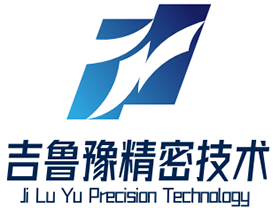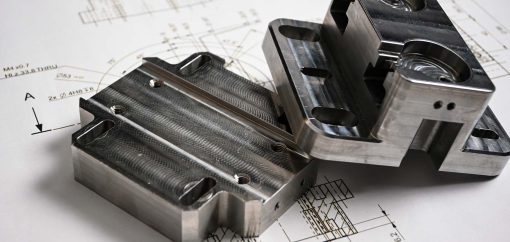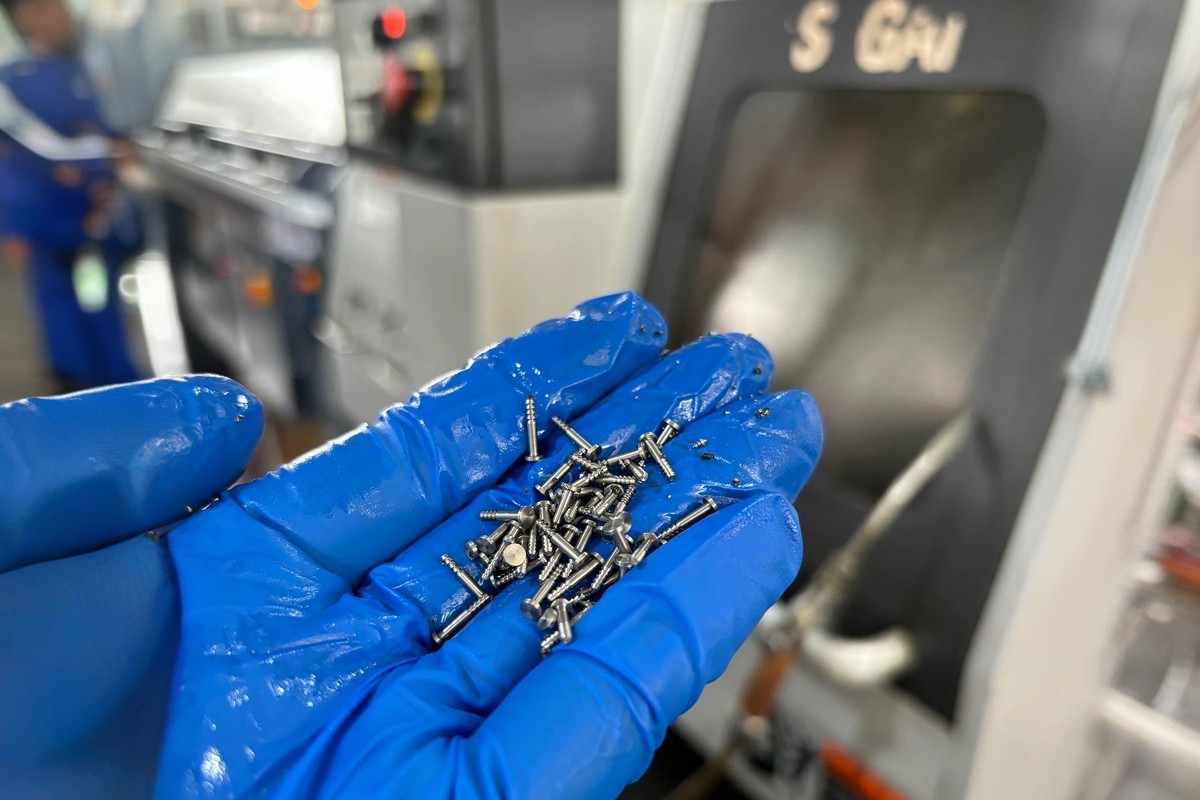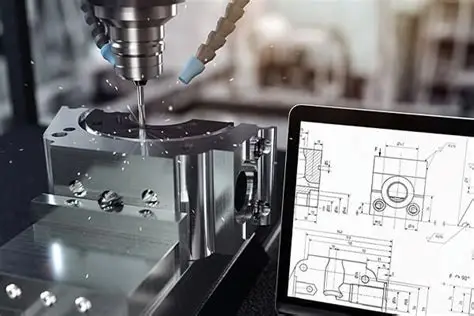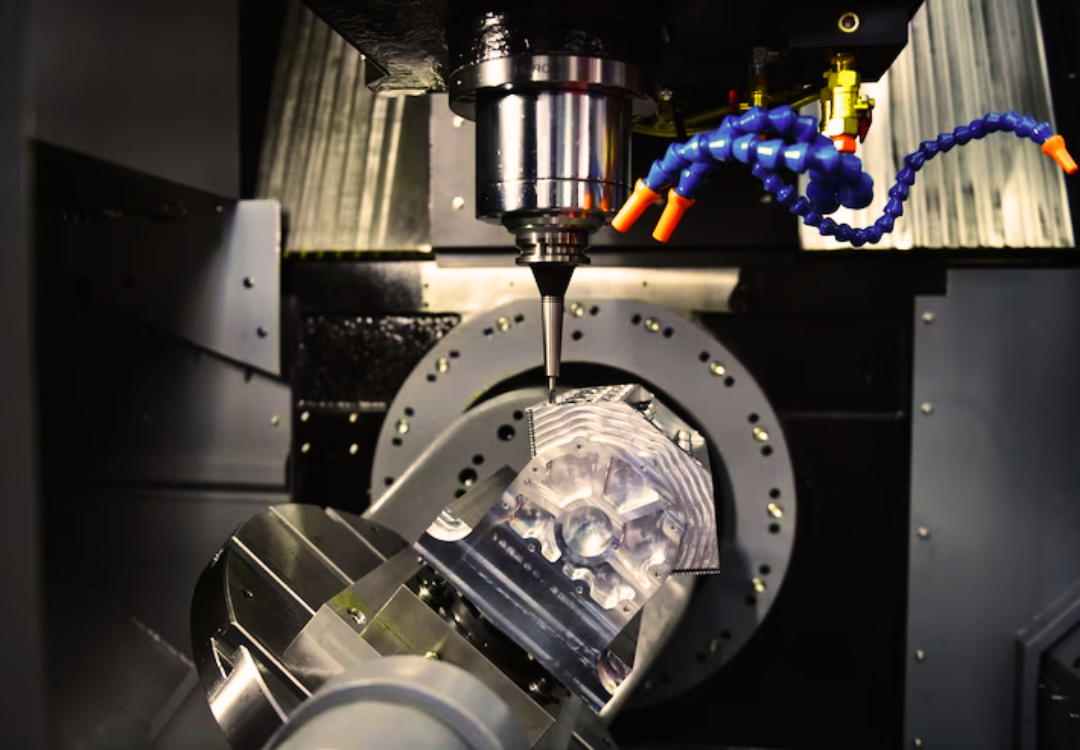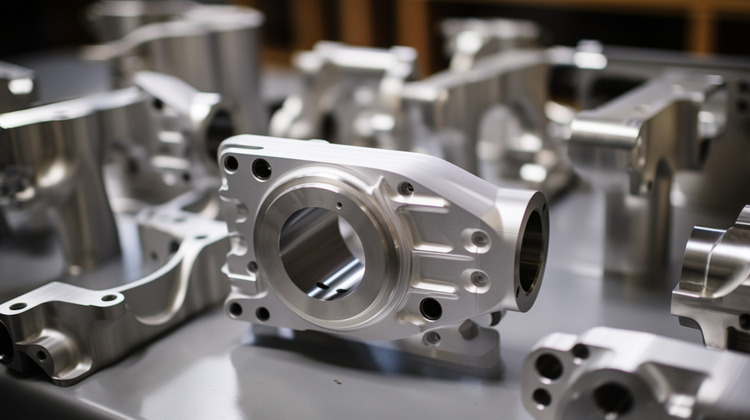Custom Part Manufacturing from CAD File: The Complete Engineering Guide
In today’s competitive manufacturing landscape, the ability to transform digital designs into precision components represents a critical competitive advantage. Custom part manufacturing from CAD files has revolutionized how engineers and product developers bring innovations to market with unprecedented speed and accuracy.
Custom part manufacturing from CAD files represents the gold standard in modern digital manufacturing, enabling seamless translation of digital designs into physical components with exceptional precision. As specialized providers of CNC machining services, we understand the critical importance of maintaining design integrity throughout the manufacturing process while ensuring the highest standards of quality and dimensional accuracy. This comprehensive guide explores the technical processes, advanced methodologies, and quality assurance protocols that ensure successful manufacturing outcomes directly from your CAD models.
The integration of sophisticated CAD/CAM software platforms like MasterCAM and Pro/ENGINEER has created a seamless digital thread from initial concept to finished component . These systems enable manufacturers to bridge the gap between digital design and physical reality while maintaining the geometric integrity and design intent of even the most complex components.
The Technical Foundation of CAD to Part Manufacturing
The journey from CAD file to finished part involves multiple sophisticated stages that ensure dimensional accuracy, material integrity, and functional performance.
CAD File Preparation and Validation
Successful manufacturing begins with proper CAD file preparation and validation:
-
Geometry Analysis: Comprehensive assessment of design complexity, feature accessibility, and potential manufacturing challenges
-
Tolerance Stack Analysis: Evaluation of cumulative dimensioning approaches to ensure functional requirements are met
-
Design for Manufacturability (DFM): Identification of potential production issues with specific recommendations for optimization
-
File Format Standardization: Preferred formats including STEP, IGES, and X_T that preserve geometric data and design intent
The most successful implementations begin with clean, watertight CAD models that accurately represent the final component geometry with appropriate feature definition and logical constraint structure.
CAM Programming Strategies
The transition from CAD model to machine instructions requires sophisticated CAM programming approaches:
Table: CNC Machining Operations for Custom Part Manufacturing
| Machining Operation | Technical Applications | Tolerance Capabilities | Surface Finish (Ra) | Material Compatibility |
|---|---|---|---|---|
| Volume Roughing | 2.5-axis layer-based milling for material removal from specified volumes | ±0.1mm to ±0.25mm | 3.2-6.3 μm | Aluminum, steel, titanium, plastics |
| Surface Milling | 3-5 axis milling of horizontal or inclined surfaces | ±0.025mm to ±0.05mm | 0.8-1.6 μm | Aluminum, stainless steel, engineering plastics |
| Profile Milling | Vertical or inclined surface milling with 3-5 axis capability | ±0.01mm to ±0.025mm | 0.4-0.8 μm | Aluminum, stainless steel, titanium |
| Local Milling | Material removal from corners and hard-to-reach areas using smaller tools | ±0.005mm to ±0.01mm | 0.2-0.4 μm | All machinable materials |
| Finishing | Detailed machining after roughing and re-roughing operations | ±0.005mm to ±0.015mm | 0.1-0.2 μm | All machinable materials |
| Swarf Milling | 5-axis continuous milling of horizontal or inclined surfaces using tool side | ±0.01mm to ±0.03mm | 0.4-1.6 μm | Aluminum, stainless steel |
5-axis simultaneous machining has proven particularly valuable for complex components, enabling complete machining of intricate geometries in single setups . This capability minimizes cumulative error, reduces handling requirements, and ensures perfect alignment between critical features.
Advanced CNC Technologies for Precision Manufacturing
Modern custom part manufacturing leverages sophisticated CNC technologies specifically engineered for high-precision applications across industries.
Multi-Axis Machining Systems
The evolution from 3-axis to multi-axis machining has dramatically expanded capabilities for complex component production:
-
5-Axis Simultaneous Machining: Continuous 5-axis interpolation enables complex geometry production in single setups
-
Mill-Turn Centers: Combined milling and turning operations for complex rotational parts with off-center features
-
High-Speed Machining: Advanced toolpath optimization and spindle technology for reduced cycle times
-
Precision Micro-Machining: Capabilities for manufacturing small features with sizes down to 0.1mm using specialized equipment
The implementation of high-speed machining strategies enables manufacturers to maintain superior surface finishes while achieving aggressive material removal rates in challenging materials.
Material Selection for Engineering Applications
CNC manufacturing partners offer extensive experience with materials critical to engineering applications:
-
Aluminum Alloys: 6061-T6 and 7075-T6 for optimal strength-to-weight ratios in structural components
-
Stainless Steels: 304 and 316 for corrosion resistance in medical, marine, and industrial applications
-
Titanium Alloys: Grade 5 (6Al-4V) for exceptional strength and biocompatibility in aerospace and medical implants
-
Engineering Plastics: PEEK, Ultem, and Delrin for electrical insulation, chemical resistance, and weight reduction
This material expertise enables manufacturing partners to provide valuable design for manufacturability (DFM) feedback, suggesting material alternatives that optimize performance, manufacturability, and cost-effectiveness.
Quality Assurance in Custom Part Manufacturing
The mission-critical nature of many custom components demands rigorous quality management systems throughout the manufacturing process.
Comprehensive Inspection Methodologies
Leading manufacturers implement multi-stage inspection protocols to ensure dimensional compliance:
-
First Article Inspection: Comprehensive measurement of initial components using CMM and advanced metrology equipment
-
In-Process Verification: On-machine probing and intermediate checks during machining operations
-
Statistical Process Control: Monitoring of critical processes to identify trends and prevent deviations
-
Final Inspection: Complete verification of all dimensional requirements and functional characteristics
These inspection methodologies ensure consistent compliance with the tight tolerances required in precision applications, typically ranging from ±0.025mm for standard features to ±0.005mm for critical interfaces.
Certification and Standards Compliance
Reputable manufacturing partners maintain certifications that demonstrate their commitment to quality:
-
ISO 9001: Quality management systems
-
AS9100: Aerospace quality standards
-
ISO 13485: Medical device manufacturing standards
-
ITAR Compliance: International Traffic in Arms Regulations for defense components
-
Nadcap Accreditation: Special process certification for aerospace and defense applications
As demonstrated by forward-thinking manufacturers, the implementation of automated quality management systems directly integrated with manufacturing operations ensures consistent results while providing comprehensive documentation for regulatory compliance .
Real-World Case Studies: CAD to Part Manufacturing Excellence
Case Study 1: Aerospace Component Development
An aerospace developer needed complex structural brackets for satellite systems with accelerated timeline requirements.
Challenge: Produce five functional prototypes of a topology-optimized bracket from 7075 aluminum with ±0.05mm positional tolerances on mounting features within a 10-day timeframe to support critical design review.
Technical Solution: The manufacturing partner implemented a comprehensive approach:
-
5-Axis Machining: Complex geometry production in single setups to minimize cumulative error
-
High-Speed Machining: Optimized toolpaths utilizing dynamic milling strategies for reduced cycle times
-
In-Process Verification: On-machine probing to verify critical features without separate inspection
-
Material Certification: Certified 7075-T6 aluminum with full traceability documentation
Results: The components were delivered within 8 days, enabling the customer to proceed with design review two days ahead of schedule. The prototypes achieved all dimensional requirements and passed functional testing, validating the design before proceeding to production tooling.
Case Study 2: Medical Device Imaging Component Production
A surgical imaging company required precision components for a new portable imaging system with stringent accuracy and biological compliance requirements.
Challenge: Machine 25 sets of intricate stainless steel mechanism components with specific surface finish requirements (Ra < 0.4μm) and full traceability for FDA submission.
Technical Solution: The manufacturing partner employed specialized approaches:
-
Multi-Axis Machining: Complex mechanism features produced in minimal setups to maintain accuracy
-
Surface Enhancement: Medical-grade polishing and passivation processes
-
Lot Control: Complete material traceability from raw material to finished component
-
Documentation: Comprehensive inspection records supporting regulatory submission
Results: The components enabled the medical device company to maintain its FDA submission schedule while implementing design improvements. The on-time delivery and comprehensive documentation facilitated rapid regulatory approval and accelerated market entry.
Case Study 3: Automotive Electric Vehicle Systems
An automotive engineering team developing electric vehicle battery systems needed custom thermal management components for prototype validation.
Challenge: Produce complex cooling plate components from 6061 aluminum with internal channels and precise sealing surfaces within 15 days for thermal cycle testing.
Technical Solution: The engineering team leveraged advanced manufacturing capabilities:
-
Multi-Pallet Machining: Continuous operation with parallel loading and machining cycles
-
Precision Boring: Accurate channel dimensions with ±0.01mm diameter tolerance
-
Sealing Surface Finishing: Specific surface texture requirements for reliable sealing
-
Pressure Testing: 100% component verification for sealing integrity
Results: The prototypes successfully completed thermal cycle testing, providing validation data that confirmed the thermal management approach. The accelerated timeline enabled the automotive manufacturer to compress its development cycle by four weeks.
Implementing Successful Custom Manufacturing Partnerships
Establishing effective collaborations with manufacturing partners requires strategic approaches to communication, project management, and quality assurance.
Partnership Selection Criteria
When evaluating potential manufacturing partners, engineering teams should consider these essential capabilities:
-
Technical Equipment Portfolio: Modern CNC machinery with multi-axis capabilities and appropriate sizing
-
Material Expertise: Experience with relevant materials and applications
-
Quality Systems: Documented quality management with efficient inspection methodologies
-
Digital Infrastructure: Capabilities for seamless data exchange and collaboration
-
Project Management: Formal tracking systems with clear milestone definitions
Design for Manufacturing Optimization
Preparing designs for successful manufacturing outcomes requires specific technical considerations:
-
Feature Accessibility: Ensure all features can be machined with standard tooling without complex fixturing
-
Tolerance Optimization: Apply tight tolerances only where functionally necessary to control costs
-
Material Selection: Choose materials based on both performance requirements and manufacturability
-
Surface Finish Specifications: Specify finishes appropriate for functional requirements rather than defaulting to finest possible
Engineering teams that implement systematic DFM practices typically achieve 20-30% cost reduction while maintaining or improving component performance.
The Future of CAD-Driven Manufacturing
The continued evolution of CAD-driven manufacturing promises even greater capabilities for engineering applications.
Advanced Technology Integration
-
Digital Twin Implementation: Virtual manufacturing models that predict outcomes before physical production
-
AI-Driven Design Optimization: Automated suggestion of design modifications for improved performance or manufacturability
-
Additive-Subtractive Hybrid: Combining 3D printing and CNC machining for optimal results
-
Advanced Material Development: New alloys and composites specifically engineered for digital manufacturing
Sustainability and Efficiency
-
Energy Optimization: Smart scheduling to minimize energy consumption during production
-
Material Utilization: Advanced nesting algorithms to maximize material usage
-
Waste Reduction: Closed-loop recycling of metal chips and cutting fluids
-
Carbon Footprint Tracking: Comprehensive environmental impact assessment for manufacturing decisions
As engineering requirements continue to evolve, manufacturing platforms will increasingly integrate these advanced capabilities to support the development of next-generation technologies.
Conclusion
Custom part manufacturing from CAD files has matured into an essential capability that supports rapid innovation across industries from aerospace to medical devices. The combination of advanced CNC machining technologies, digital workflows, and engineering-focused support enables technical teams to accelerate development while maintaining the precision and quality required for demanding applications.
The most successful implementations leverage custom manufacturing as a strategic resource throughout the product lifecycle—from initial concept validation through low-volume production. By integrating these capabilities into their development workflows, engineering organizations can achieve significant competitive advantages through reduced time-to-market, improved design quality, and enhanced operational flexibility.
For engineering teams seeking to maximize their development efficiency, our specialized CNC machining services deliver the precision, expertise, and responsiveness required for today’s demanding engineering projects. Contact our engineering team to discuss how our custom manufacturing capabilities can support your next development initiative.
